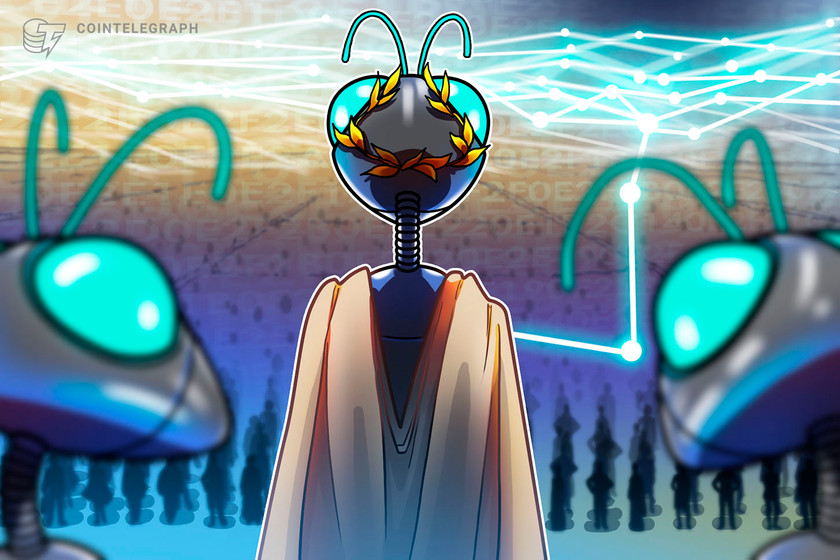The reality is that blockchain technology can still deliver substantial benefits, particularly within the fine arts. And for those who have been paying attention, 2022 has been a year of incredible normalization for nonfungible tokens (NFTs). Simply put, major institutions across various sectors have dipped their toes into Web3.
In November, Instagram announced that creators would soon have the functionality to make and sell NFTs. Apple similarly announced in September that NFTs could be sold in its App Store. Put together, that’s 3.5 billion people (2 billion from Instagram and 1.5 billion from the App Store).
Although each of these major institutions has its own quirks and rules, most notably the fees associated with using their platforms, the reality is that they are still some of the largest platforms in the world and will drive the onboarding of millions into Web3.
Related: From the NY Times to WaPo, the media is fawning over Bankman-Fried
It’s not just the technology sector. Starbucks and JPMorgan Chase both recently partnered with Polygon, one of the leading blockchain infrastructure companies, to fuel their services. While both partnered for different reasons — Starbucks to launch a loyalty program and JPMorgan Chase to facilitate financial transactions — the diversity of legacy enterprises onboarding onto the blockchain in serious, multimillion-dollar ways signals that something is up.
It is far too easy to throw the baby out with the bathwater and dismiss crypto just because of the fraudulent activity of bad actors, such as FTX and Terra, in recent days. But they presented problems with governance, not crypto or blockchain. Any technology can be abused and misused: Surely we would not want to hold fiat currency or any other asset classes to the same standards?
The fine arts, particularly the performing arts, have not yet recovered from nearly two years of cancellations and theater closures — nor have its artists. Moreover, the sector was already facing difficulty and decline in the lead-up to 2020. Artists’ wages have been on the decline, not even taking into account the higher costs they incur as a result of changes in the price of education and the additional costs they incur simply to do their job (e.g., voice lessons and auditions).
These are serious challenges the sector must grapple with if it wants to shift its financial and social trajectory. But even beyond the fiscal challenges it faces, a new generation of consumers is…
Click Here to Read the Full Original Article at Cointelegraph.com News…
























